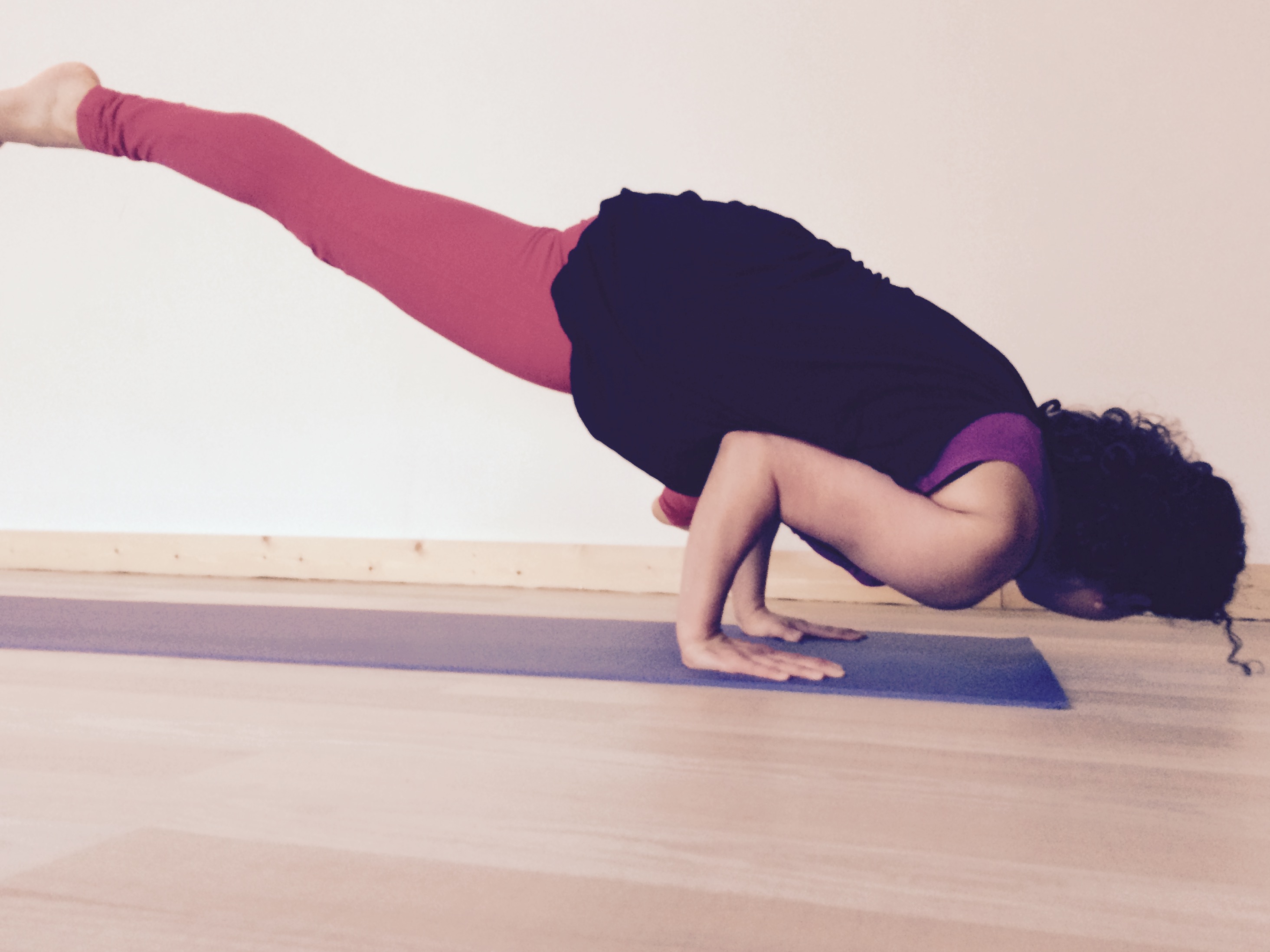Subtle Anatomy: Prana/Nadis and Bandhas
To understand Bandhas, it is necessary to understand the energetic body which differs from the skin, bones and muscles of the physical body.
Prana is a subtle form of energy that permeates the entire universe. Prana means life force or cosmic energy. By practicing asana and pranayama, prana is brought into the body, increasing vitality. Prana exists as both a negative energy and a positive energy:
Prana is an upward moving energy. Apana is a downward moving energy. When, after much practice, prana and apana come together at the muladhara chakra at the base of the spine, kundalini (dormant cosmic energy) is awakened.
Nadis
Prana does not flow in a random fashion through the body. Prana flows through the nadis (energy channels). According to ancient yogic texts, the human body has approximately 72,000 nadi. For the flow of prana, there are three major nadis:
· Shushumna Nadi is the main channel that correlates to the spinal cord in the physical body.
· Ida Nadi is on the left of shushumna and is feminine or moon energy.
· Pingala Nadi is on the right of shushumna and is masculine or sun energy.
Ida and pingala refer to sun and moon energy just as Hatha (Ha=sun, tha=moon) refers to the complementary energies in the body. In yoga, the goal is to cleanse, purify, and open the nadis to let energy flow freely throughout the body
Bandhas
The body and mind exist in an energetic relationship. In ashtanga vinyasa yoga as we synchronize our breath with our movements, we also engage the bandhas. Bandhas provide the gates to direct and connect the vital life force that is prana. Bandhas, also play an important part in the body’s cleansing process during yoga. The bandhas are essential for the correct positioning of the physical postures. They correct and stabilise the asanas, while the asanas refine the practice of the bandhas.
There are three classic bandhas; mula bandha, uddiyana bandha, and jalandhara bandha. They can be practiced together or individually at specific times during kriya, asana, pranayama, mudra, visualization, dharana (concentration), and meditation (dhyana) practice. By activating bandhas, we increase development in asanas, pranayama and meditation and engage Mula and Uddiyana Bandhas to produce an intense internal heat. This heat cleanses the body, making it more flexible, stronger and healthier.
Mula bandha (root lock) is a contraction in the perineum area for men and a contraction of the cervical area for women. It is important in grounding, rooting, lifting and balancing the body during asana practice and unites apana and prana in the muladhara chakra increasing vitality and energy in the practice
Uddiyana bandha (abdominal lift) is the contraction the lower abdomen area inwards and upwards. This is an important connection for lifting and extending the body particularly in balancing poses, inversions.. Using uddiyana bandha, you create space in the forward bends. Uddiyana bandha also forces the prana up the Shushumna nadi.
Jalahandara bandha is activated by pressing the chin to the chest and can be integrated easily into many asanas. Jalandhara bandha prevents prana from escaping the upper body. It keeps physical and pranic circulation open between expressive/manifestation center (throat and heart) as well as between the ajna chakra (third eye) and throat, hence it is the connection between heart and mind -- body and soul. When used with mula bandha and uddiyana bandha, it is very useful in pranayama, and before and during meditation in order to draw the attention and concentration back into the central column and energy body, thus facilitating pranayama, pratyahara, and dharana simultaneously.
The activation of the bandhas, not only affect the body and the energy, but also the mind and spiritual centers.
